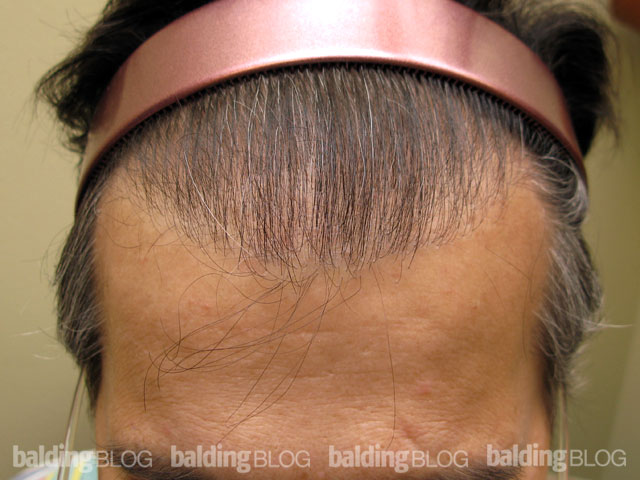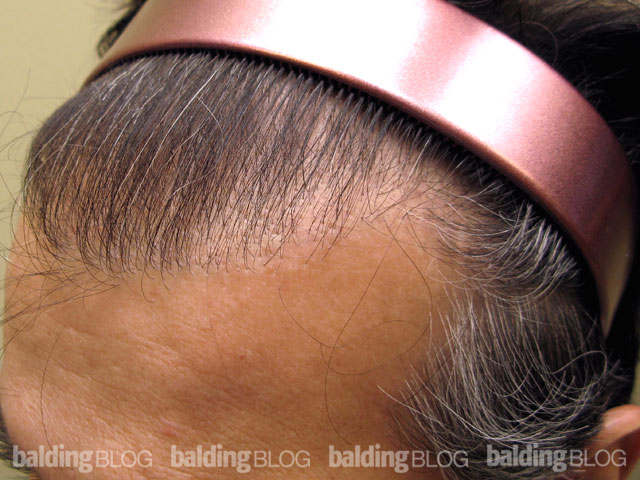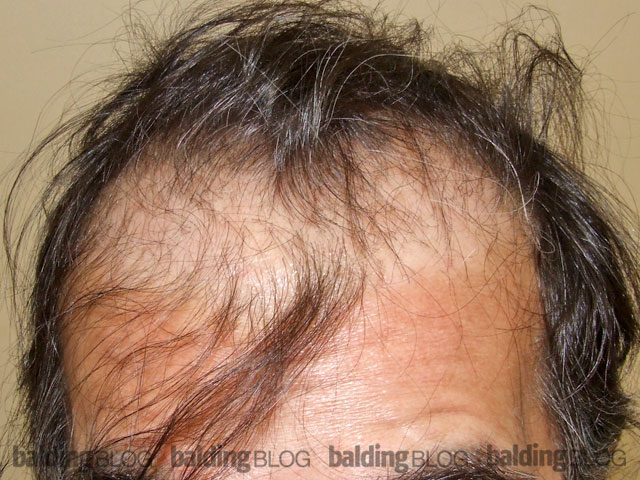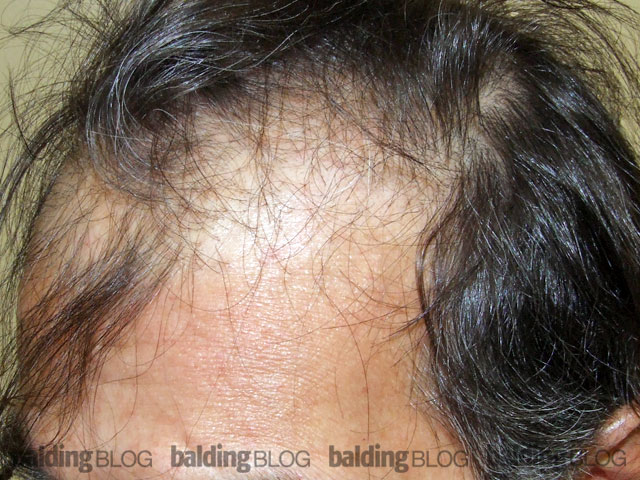 I just got back from the 17th annual scientific ISHRS meeting (basically a hair transplant doctor’s convention), which went on from July 22-26. Lots of information was presented… lots of lectures, presentations, and discussions. This year’s meeting was in Amsterdam, so I had quite a long flight back to California when it was all over and I was able to do a write up on the plane of what I learned. I thought I’d share…
I just got back from the 17th annual scientific ISHRS meeting (basically a hair transplant doctor’s convention), which went on from July 22-26. Lots of information was presented… lots of lectures, presentations, and discussions. This year’s meeting was in Amsterdam, so I had quite a long flight back to California when it was all over and I was able to do a write up on the plane of what I learned. I thought I’d share…
If you missed yesterday’s post, check out part 1 of my ISHRS meeting notes! Here’s part 2…
Surgical
Hair transplant failures:
Hair transplant failures are often due to undiagnosed scarring (cicatricial) alopecias, so the need to detect them is critically important in advance of the procedure. The skin is often white and shiny and their activity may be in spurts, active at some times and inactive at other times. In my opinion and from my experience, women suffer more undiagnosed scarring alopecias than men and reflecting abnormal patterns of balding may be a clue to their presence. The doctor usually makes the diagnosis when these abnormal balding patterns appear and then the doctor will take multiple skin biopsies in the identified areas. Biopsies are the traditional approach, but the tissues that are taken for biopsy must have some active disease going on to affirm a diagnosis. When the biopsy approach to diagnosis is made, they are made with sizable tools (usually a series of 4 mm punches along the edge of the abnormal balding pattern). Alternatively, test transplants (which are limited procedures) can be done to see if growth occurs at 6-8 months. I have been performing test transplants over the years in such suspicious cases, as this is a more certain way of making the anticipation of success or failure of a traditional hair transplant. Failures of transplants in patients with such scarring alopecias are common.
Hairline design:
This is an area that I find most interesting. My philosophy is very different than most other doctors in the field. I tend to place hairlines in the mature position while most other doctors place the hairlines higher with more recession. There is a belief by many doctors that eventually a traditional mature hairline normally found in a non-balding man will not look normal as a man ages, so the hairline designs offered by many of my colleagues leave portions of the Norwood Class 3 and 4 frontal pattern into the end design of the hairline. Most men, however, want the man that they see in the mirror to reflect the mature hairline, not an “older” looking hairline, so I recommend the mature hairline almost all of the time. This is easily seen at our monthly open house events or online in our Hairline Photo Gallery. As my design of a hairline differs from many of the designs of my colleagues, the art form of a hair transplant surgeon will be evident to all.
Graft trimming:
Graft trimming by the surgeon and his team seems to reflect the robustness of the hair growth. A study was performed by Dr. Michael Beehner, where he trimmed the grafts from chunky to very skinny. The grafts that were made very skinny did not grow as well as those grafts that were made more chunky with more fat surrounding the hair grafts. Dr. Beehner believes that making grafts very skinny seems to:
- Open them up to the damage from drying and being out of the body for any prolonged period.
- Critical elements of the growth centers where stem cells exist, may be trimmed away during graft preparation.
New Hair Institute has always produced chubby grafts for these obvious reasons giving us a good growth track record. There is a direct relationships between the size of the graft and the ability to make recipient sites and place them well. The need to match the graft thickness with the recipient site holes are critical for good graft stability and growth.
FUE:
Four devices were shown to improve the FUE (follicular unit extraction) process. Each claimed that their product was the only one that worked. Every one had a mechanical rotation associated with it one with vibration, others with partial twists of varying diseases. Costs for these devices run as little as $60/each for a disposable device, to as high as possibly $200,000 for robotic controlled FUE soon to be available on the market. Clearly when there are so many options offered, the suggestion is that none really work well. Time will tell which are the best instruments by next year’s ISHRS meeting in Boston.
Saturday morning held a series of sessions called “Breakfast with the Experts”. My session on FUE seemed to have the highest audience. The concerns by the participants were the wild and unsubstantiated claims in performing high numbers of FUEs in a single procedure and a very unrealistic view of damage to the FUE graft from transaction and stripping the grafts in the process of extracting the grafts.
Wound closures:
Would closures from strip surgery were discussed in great detail by many doctors, each promoting their own prejudices. There was clearly no technique that was better than others to prevent scarring. Suggestions on trichophytic closures were one of the few bright spots, but the differences in the techniques used by the various doctors, in my opinion, ranged from effective to completely ineffective. In other words, getting a trichophytic closure is no guarantee of a great result from the technique and a trichophytic closure in one doctor’s hands may be a radically different technique than the same procedure in another doctor’s hands. Results ranged anywhere between wonderful and a complete failure.

 It is generally not a great idea to transplant hair into a non-balding 20 year old, because you must take into account the possibility that you might bald as you get older. Imagine that you got the right side evened out and then began balding to a Class 4A pattern. You would have a wing of hair where the transplant was done and then be bald to the Class 4A pattern.
It is generally not a great idea to transplant hair into a non-balding 20 year old, because you must take into account the possibility that you might bald as you get older. Imagine that you got the right side evened out and then began balding to a Class 4A pattern. You would have a wing of hair where the transplant was done and then be bald to the Class 4A pattern.

 I’d say that yes, a Norwood Class 1 (see art at right) and a mature hairline are basically the same. The hairline you saw at 12 years old is your childhood hairline and it is completely normal for your hairline to mature to some degree a dozen years later. You can not tell at your age for sure, but with a good mapping of your scalp and measurements looking for
I’d say that yes, a Norwood Class 1 (see art at right) and a mature hairline are basically the same. The hairline you saw at 12 years old is your childhood hairline and it is completely normal for your hairline to mature to some degree a dozen years later. You can not tell at your age for sure, but with a good mapping of your scalp and measurements looking for 



 I just got back from the 17th annual scientific
I just got back from the 17th annual scientific